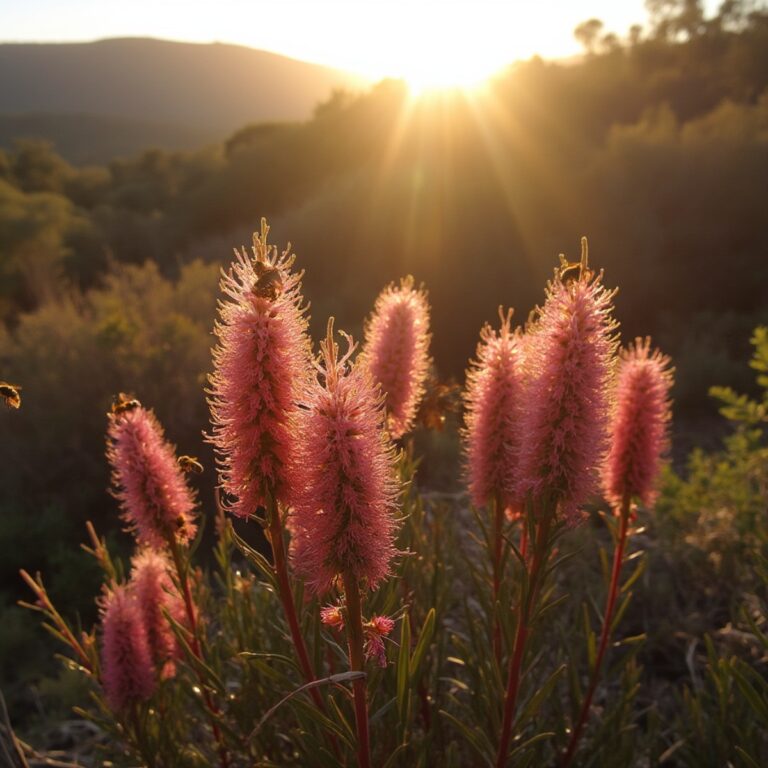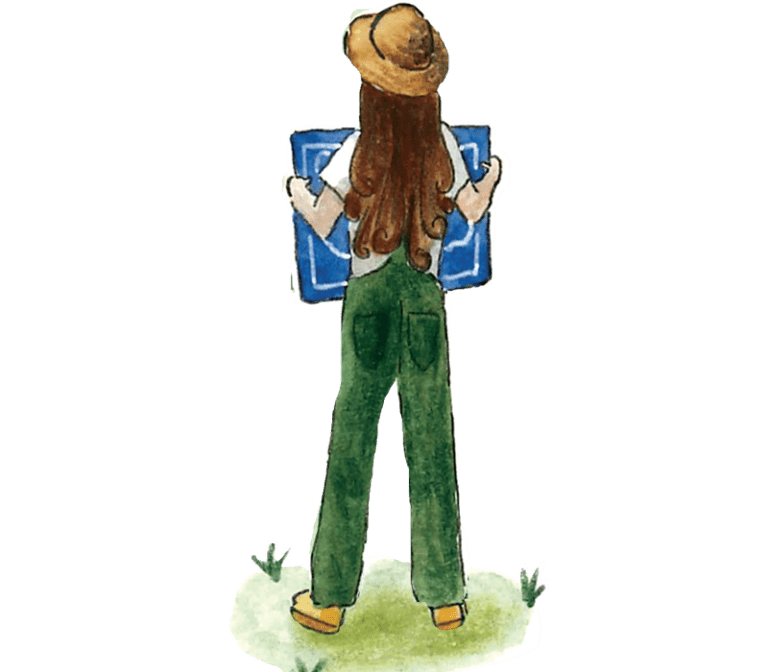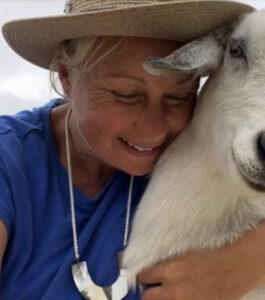LIV:
Welcome back to Greenstead Life, where the soil is soft, the days run by the rhythm of the seasons, and the simplest things—like what grows just outside your door—can change everything.
I’m Liv, and today we’re wandering through a part of the garden I visit daily. It’s a place that doesn’t shout for attention, but pulls you in with scent—the kind that stops you mid-step. That fine, invisible magic that rises with the warmth of the sun and curls around your senses like steam from a morning cup. I’m talking about our beloved native myrtles.
Here in the foothills of the High Country in Central Gippsland, we grow four: lemon myrtle, cinnamon myrtle, curry myrtle, and aniseed myrtle. They are, quite simply, some of the most giving plants in the garden—low-fuss, beautifully fragrant, and endlessly useful. And today, I’ll take you through each one.
But before we begin, a quick note from the heart: at Greenstead, we only ever recommend sourcing native edibles from certified growers who specialise in indigenous species. Never forage or consume native plants without proper research or guidance—many have close relatives that are not safe, and growing your own ensures both safety and sustainability. It’s part of walking gently and with respect on this land we’re lucky to call home.
We begin, of course, with lemon myrtle—the unmistakable queen of the native herb garden. She’s bold but graceful, with narrow leaves that glisten in the sun and release a sharp citrus burst when crushed between your fingers. The scent is electric, like sherbet rain or lemon peel caught on the breeze. We plant ours in early spring, just as the cold retreats and the days begin to stretch. She loves light and thrives on attention—responding to every prune with fresh, glossy growth. Come late spring, when the oils are at their peak, I begin to harvest. A handful of fresh leaves steeped in hot water creates a tea so bright it wakes the soul, while dried leaves powdered finely and sifted into shortbread dough make the kitchen smell like lemon blossom and sugar. She is generous in the garden, even in a large pot on a verandah, and she doesn’t mind being touched daily—if anything, she seems to enjoy it.
Further along the garden path, tucked beneath the she-oaks, grows cinnamon myrtle. She’s quieter than her lemon cousin, with a mood that feels more autumn than summer. Her scent is warm and grounding—clove and spice, with a dry sweetness that settles around the chest. I plant her where she catches filtered light through the afternoon. She doesn’t need much, just moisture in the soil and a little shaping after she flowers. Her leaves dry well—laid between paper in a basket on the pantry shelf—and when steeped into almond milk with a drop of honey, they wrap you in the kind of comfort that belongs to rainy afternoons and soft cardigans. I use her in baking too: folded into poached fruit, simmered in native chai, or tucked into jars of sugar where she slowly imparts her scent. She doesn’t push herself forward. But once she’s in your garden, and in your hands, she’s there for life.
Curry myrtle is different again—clean, savoury, understated. Her scent is subtle but unmistakable, like a gentle whisper of bay leaf mixed with crushed oregano and a hint of wild resin. She grows compact and upright, perfect for hedging or filling spaces close to the kitchen where you’ll want to reach for her often. I plant her in mid-spring, and by early summer, the leaves are ready to be plucked. In stews and slow-cooked dishes, she offers a depth that isn’t overpowering—just a soft, grounding herbal note that lingers at the back of each bite. I love using her in tomato-based broths or bean dishes, or letting her infuse gently into a native herb oil with saltbush and thyme. When roasted with root veg, she ties everything together, adding an earthy elegance that tastes like the bush after rain. She isn’t flashy. But she holds her own—quietly, confidently—and I never cook a warming meal without her close by.
And then there’s aniseed myrtle, the sweetest and most surprising of them all. Her glossy leaves look ordinary enough—until you crush one between your palms and release a perfume that takes you somewhere else entirely. Fennel, liquorice, rainforest, mint—it’s all there. Fresh and cool, but with a wild complexity that lingers. I plant her near the deck, where the late morning sun catches her leaves. She loves moisture, and thrives in a large container with a little mulch tucked in around her roots. In high summer, when the oils are at their fullest, I collect the leaves and use them fresh in tea blends—paired with lemon balm, or steeped with dried apple and wattleseed. They’re wonderful crumbled into banana muffins, swirled through vanilla custard, or infused into oat milk to make a gentle, wild version of a nightcap. There’s something about her that lifts the whole garden into lightness. She’s cooling, calming, and joyfully easy to love.
Each of these plants offers something different. A season. A scent. A way of reconnecting with place. And perhaps most importantly—they’re all easy to grow. They ask for very little, and give back so much. Here on the Greenstead, we grow them not just for their flavours, but for what they bring to the rhythm of life. That little morning ritual of picking a leaf for tea. The way a single plant can scent an entire corner of the house. The comfort of knowing that the food and medicine you need is already here—just outside the door.
[Soft acoustic transition with rustling trees and birdsong]
TOM (dropping in):
Hi friends, just a quick note—it’s Tom here. If you’re curious to grow these plants yourself, we’re getting our very first run of native myrtles ready in the nursery right here on site in Central Gippsland. Come visit us, or keep an eye on the website for seasonal updates. Also, course enrolments for The Garden Pantry and Greenstead Greenprint are now open—we’d love to have you with us. Alright, back to Liv.
LIV (gently):
Thanks, Tom. And thank you for walking through the myrtle grove with me today.
Until next time—may your tea be warm, your garden scented, and your life a little more rooted with every passing season.
[Outro music fades – soft folk guitar, light wind through the trees]




